Multi-Resolution Shared Representative Filtering for
Real-Time Depth Completion
Yu-Ting Wu1
Tzu-Mao Li2
I-Chao Shen3
Hong-Shiang Lin4
Yung-Yu Chuang1
National Taiwan University1 MIT CSAIL2 The University of Tokyo3 FIH Mobile Limited4
Interactive Comparison on Middlebury 2014 Data
Image viewer is borrowed from this page.
All results are generated on a machine with Intel Core i5-7400K at 3.0 GHz, 16-GB of RAM, and an NVIDIA GeForce GTX 2080 Ti graphics card.
Scenes (click on the thumbnail to select the scene comparison shown at the bottom of the page)
 |
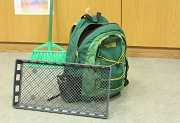 |
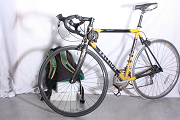 |
 |
input A input B |
input A input B |
input A input B |
input A input B |
 |
 |
 |
 |
input A input B |
input A input B |
input A input B |
input A input B |
 |
 |
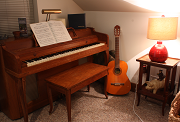 |
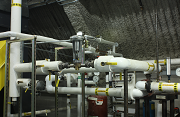 |
input A input B |
input A input B |
input A input B |
input A input B |
 |
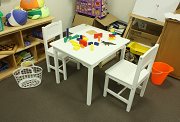 |
 |
 |
input A input B |
input A input B |
input A input B |
input A input B |
 |
 |
 |
 |
input A input B |
input A input B |
input A input B |
input A input B |
 |
 |
 |
|
input A input B |
input A input B |
input A input B |
Compared Methods
Multi-Res. Joint Bilateral Upsampling (M-JBU) [Richardt et al. 2012]
Fast Bilateral Solver (FBS) [Barron and Poole 2016]
Multi-Res. Shared Representative Filtering (M-SRF) [Our method]
Implementation and Time Budgets
Multi-Res. Joint Bilateral Upsampling [Richardt et al. 2012] and our method are implemented with Unity shaders, running on GPU. We allocated 20 ms. as time budget to complete the depth map.
For Fast Bilateral Solver [Barron and Poole 2016], we use the authors' CPU python implementation. It takes about 1200 ~ 2000 ms.
Mean Absolute Error (MAE) and Peak Signal-to-Noise Ratio (PSNR)
| Method | M-JBU | FBS | M-SRF |
| MAE | 0.0260 | 0.0258 | 0.0204 |
| PSNR | 31.93 | 33.92 | 36.13 |